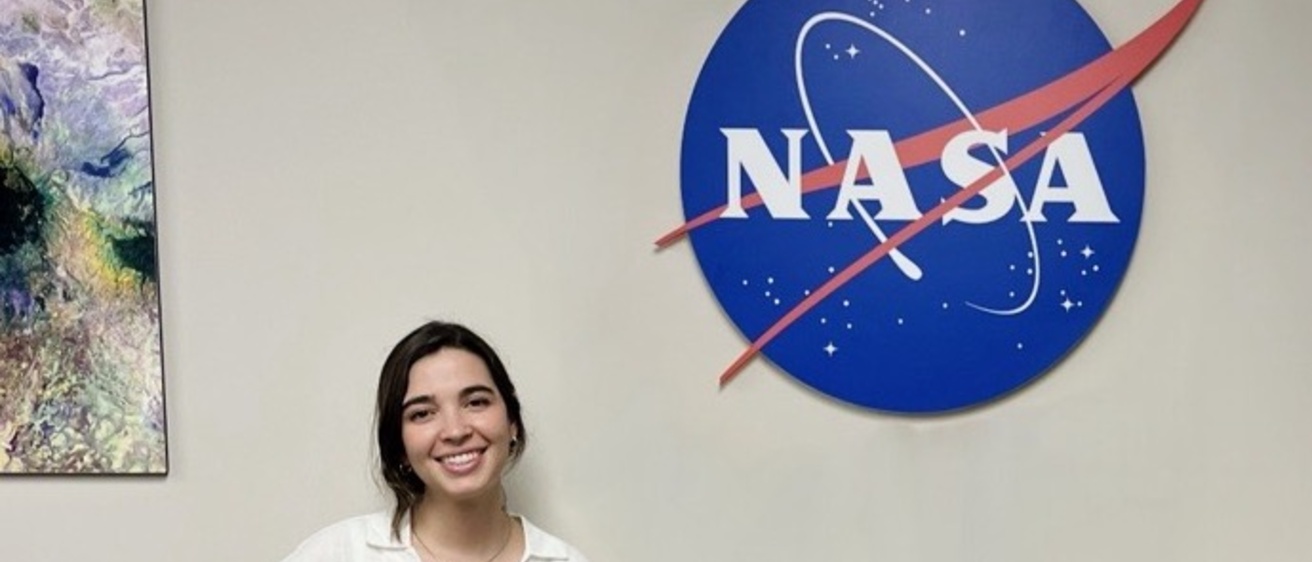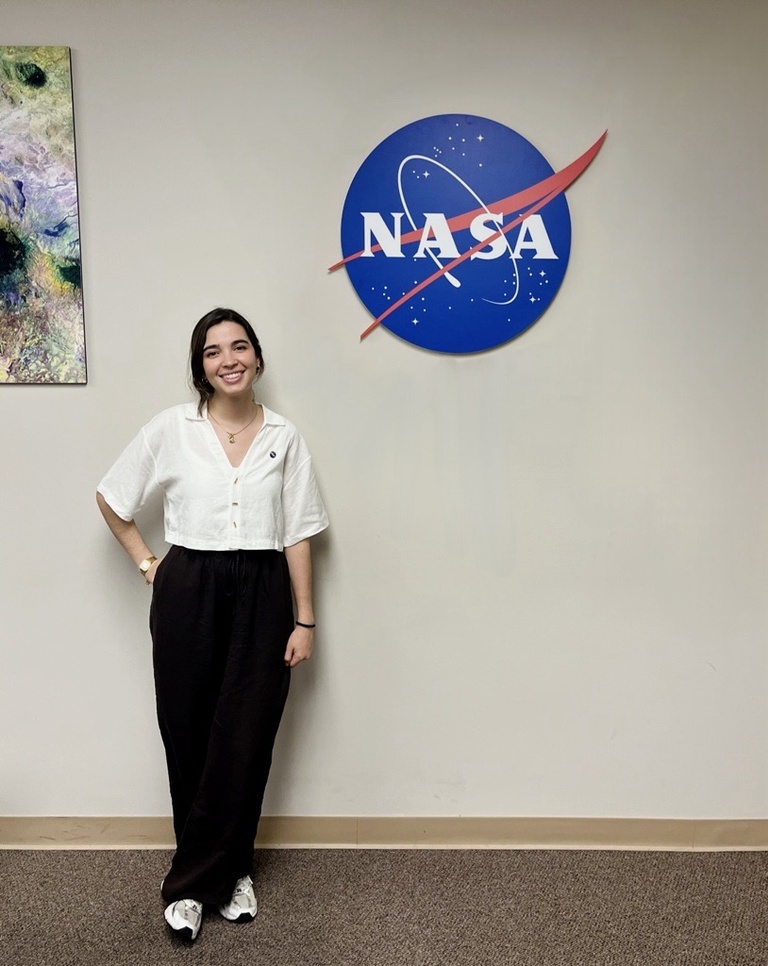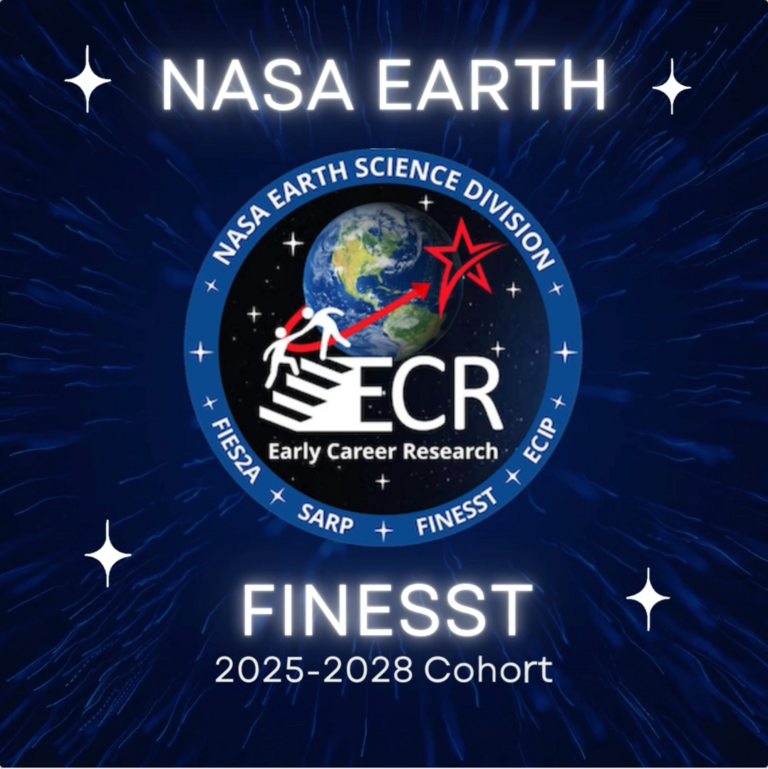We are proud to share that IIHR/AHWA graduate student, Vanessa Robledo, has been selected for funding through NASA’s highly competitive Future Investigators in NASA Earth and Space Science and Technology (FINESST) program. This prestigious award supports student-led research aligned with NASA’s scientific priorities. Her project, titled “PREDICTABILITY OF PRECIPITATION FORCINGS FOR FLASH FLOOD FORECASTING" and co-advised by Dr. Humberto Vergara and Dr. John Mejia, will investigate a strategy that combines weather predictions, rainstorms’ climatology, and near-real-time satellite observations to improve short-range precipitation forecasts, contributing to our efforts to enhance flash flood warnings. It's a tremendous honor and a testament to her hard work and vision—congratulations!
Abstract:
Flooding has been reported to be the most frequent weather-related hazard, affecting the largest number of people globally (2.2 billion). Precipitation-induced flash floods (FF) are particularly dangerous given their suddenness, high peak discharge, and fast and violent movement, making them one of the most destructive and lethal natural hazards worldwide. Mesoscale Convective Systems (MCSs) are widely recognized as the primary precursors of FF globally. Their high precipitation intensity leads to soil saturation, which significantly increases the FF potential. Accurate forecasting of MCSs is the primary challenge in flash flood (FF) warning.
NASA's satellite quantitative precipitation estimates (QPEs) product IMERG has enabled hydrologic warning capabilities, specially in regions with poor or non-existent in-situ precipitation observations and has shown the potential to resolve small-scale processes typical of flash floods. However, lead times of flash flood warnings based on these satellite QPEs remain significantly limited due to the latency of the product and their inherent inability to supply future rainfall information. Extrapolation of QPEs via machine learning methods have emerged as an approach to address these issues, but they usually fail to produce useful forecasts due to the absence of information about the physical environment driving MCSs processes and their climatological behavior. Such information is available from regional/global Numerical Weather Prediction (NWP) models and from different MCSs tracking approaches recently developed. What is lacking are strategies that integrate NWP-based atmospheric forcings and the climatological characteristics of MCSs into extrapolation of QPEs. Therefore, there is an urgent need to devise methodologies that incorporate physical processes of precipitation in extrapolation of satellite QPEs to improve short range precipitation forecasts. Without these improvements, the potential of satellite QPEs to support FF warnings will not be realized. This project aims to bridge this gap by developing a strategy that combines NWP- derived variables, MCS climatology, and near-real-time satellite QPEs to improve short- range precipitation forecasts for FF modeling.
A global database of MCSs will be used to identify the preceding atmospheric forcings, and quantitative precipitation forecasts (QPFs) will be generated by including the atmospheric variables identified into a machine learning algorithm. QPFs will propagate into a distributed hydrological modeling tool, called Ensemble Framework for Flash Flood Forecasting (EF5), that will provide hydrologic predictions. Finally, the improvement of performance will be evaluated. Using the predictability of the MCSs in regions with sparse data is a step towards the implementation of the new World Meteorological Organization Early Warning Systems for All initiative, where NASA and this research proposal can contribute tremendously. The proposed research directly addresses NASA's Earth Science Division (ESD) mission within the Research and Analysis (R&A) program. Our objectives are aligned with Weather and Atmospheric Dynamics and Water and Energy Cycle focus areas, with significant implications for Earth Action's (EA) Disasters application area.


